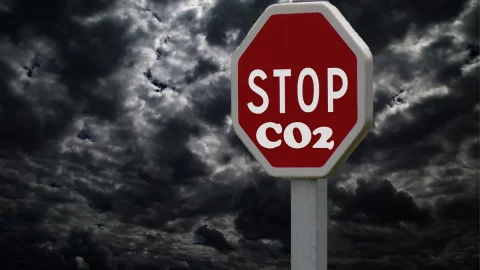After +6,5% achieved in 2021, a record since 1976, Italy's GDP should grow by 3,9% this year. He writes it in the last one “Note on the economic situation” the Parliamentary Budget Office, which on this front aligns with the forecasts already released by the Bank of Italy: two weeks ago Luigi Federico Signorini, general manager of Via Nazionale, had in fact spoken for 2022 of "close to 4% growth".
The ascent will begin in the spring
The UBP explains that we should arrive at this result because, "after a very weak first quarter due to the pandemic resurgence", the trend of gross domestic product should accelerate starting from spring, "taking advantage of the progressive improvement in health conditions".
A recovery which, probably, by the end of the first half of the year will bring economic activity back "to the levels of the end of 2019", i.e. the last period before the arrival of Covid.
The forecast for 2023
As for 2023, however, the Parliamentary Budget Office believes that "the gradual normalization process" of the economic trend will continue. GDP growth should therefore slow down to 1,9%, "also due to the less expansive tone of economic policies".
Overall, the stimulus measures, European funds and the interventions planned with the budget maneuver for 2022 should support GDP "by about three percentage points in the three-year period 2021-23".
Inflation is likely to be more persistent than expected
In the "Note on the economic situation", the Upb also speaks of inflation, urging caution and avoiding placing excessive hopes on the temporary nature of the current rise in prices. “The markets for energy raw materials are very volatile in this phase – writes the Parliamentary Budget Office – so the hypotheses of a drop in prices in 2023 could prove to be outdated in a short time. Furthermore, the bottlenecks in the supply of intermediate goods and the increases in transport services, considered by many analysts to be temporary, could also prove to be more persistent than widely expected”.





